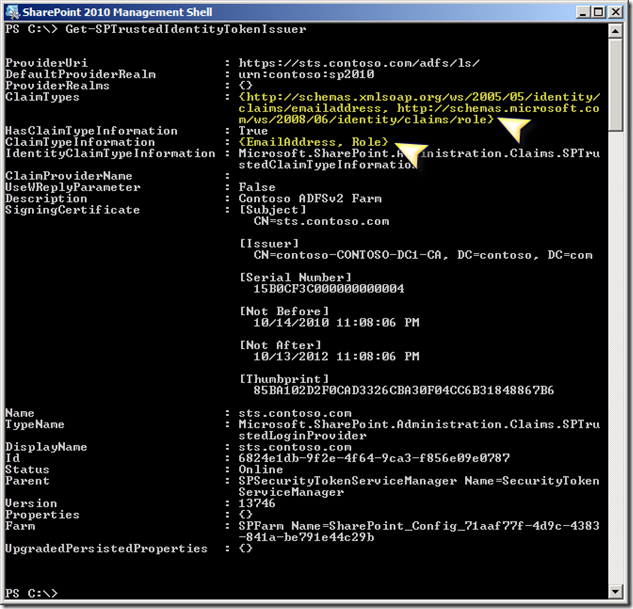Now, I'm not a SharePoint person, but as an identity guy I've been forced to learn as much as SharePoint authentication as possible over the past several months. I've been having one discussion in particular a LOT. This discussion revolves around why Single Sign On doesn't work well between SharePoint and Office integration. So I'm going to take some time, here, and explain what's happening.
The issue revolves around the Office client using a different cookie store than 3rd party web browsers use. There are two ways to achieve SSO between SharePoint and Office – using either cookies or automated 401 response (integrated authentication)
Cookies for Authentication
The issue with the cookie-based approach really has more to do with Office than anything else. Office on Windows uses the wininet cookie jar. So when Office contacts a SharePoint site to open a document, it looks in wininet to find the cookie to use for SSO. Internet Explorer also uses wininet. So if the user logs into the SharePoint site with IE, IE will put the SSO cookie into wininet. Then, when the user opens Office, Office uses that cookie that IE already put there.
Other web browser, however, use their own cookie jars. So if a user browses to SharePoint with, say Firefox, then Firefox will not put a cookie in the wininet cookie jar. When that same user opens Office, Office will see that there is no cookie for that SharePoint site there, and will undergo the typical authentication sequence in SharePoint (described in the next paragraph). This is a similar experience for people who use Mac. Office on Mac doesn’t see the SSO cookie and undergoes the typical SharePoint authentication sequence.
Authentication without Cookies
When there’s no cookie, typical SharePoint authentication occurs. Depending on how SharePoint is configured for authentication, it will either respond with a 302 redirect (when configured with Forms Authentication) or a direct 401 response (when configured with Integrated Authentication). If SharePoint is configured with Forms Authentication, SharePoint issues the 302 response back to the browser, which redirects the browser (or Office) to the logon page. Once this happens, the logon page UI is sent to the client over a 200 response. Therefore, the only way to achieve SSO with Forms Authentication is through the use of a cookie. If, however, SharePoint is configured with Integrated Authentication, it will respond to the user’s request with a 401. One of two things will happen in the browser (or in Office):
- If the browser is configured to auto-respond to the 401 with a Kerberos ticket or NTLM token then the browser will send back the credentials and the user will have a Single Sign On experience
-
If the browser cannot automatically respond to the 401, it will prompt the user with the typical, non-descriptive 401 dialog, asking the user for credentials
SSO Regardless of Cookies
Office uses the same API as Internet Explorer. So if all of the following conditions are met, the user will experience SSO regardless of the cookie situation, because Office will auto-respond to the 401 from SharePoint:
- Integrated Authentication is enabled in Internet Explorer
- The URL of SharePoint is added to the Intranet zone in IE
-
The user is logged into a domain-joined computer with their domain credentials
Sample Scenario
So let’s look at a scenario – how about a user logged into a domain-joined Windows computer and using Firefox. Assuming that the above conditions are met for SSO –
- When the user browses to SharePoint in Firefox, SP will issue a 401. Firefox will not be able to respond to the 401 automatically (unless you are using a plug-in that does it for you), so the user will be prompted with that familiar 401 dialog.
- When the user opens up an Office document, Office will not send SharePoint a cookie (because Firefox can’t put a cookie in the wininet cookie jar), so SharePoint will respond to the request with another 401. But since the SSO conditions in the previous paragraph are met, Office will auto-respond to the 401 with either a Kerberos ticket or an NTLM credential and the user will experience SSO to Office.








